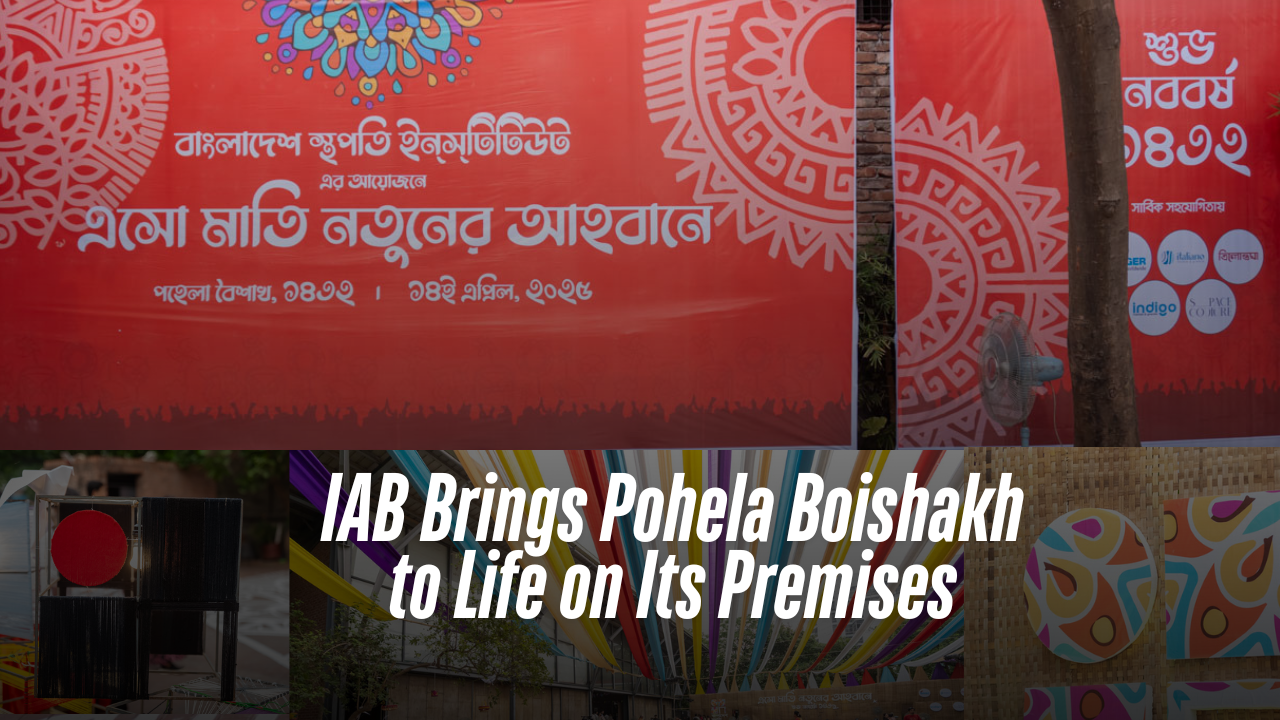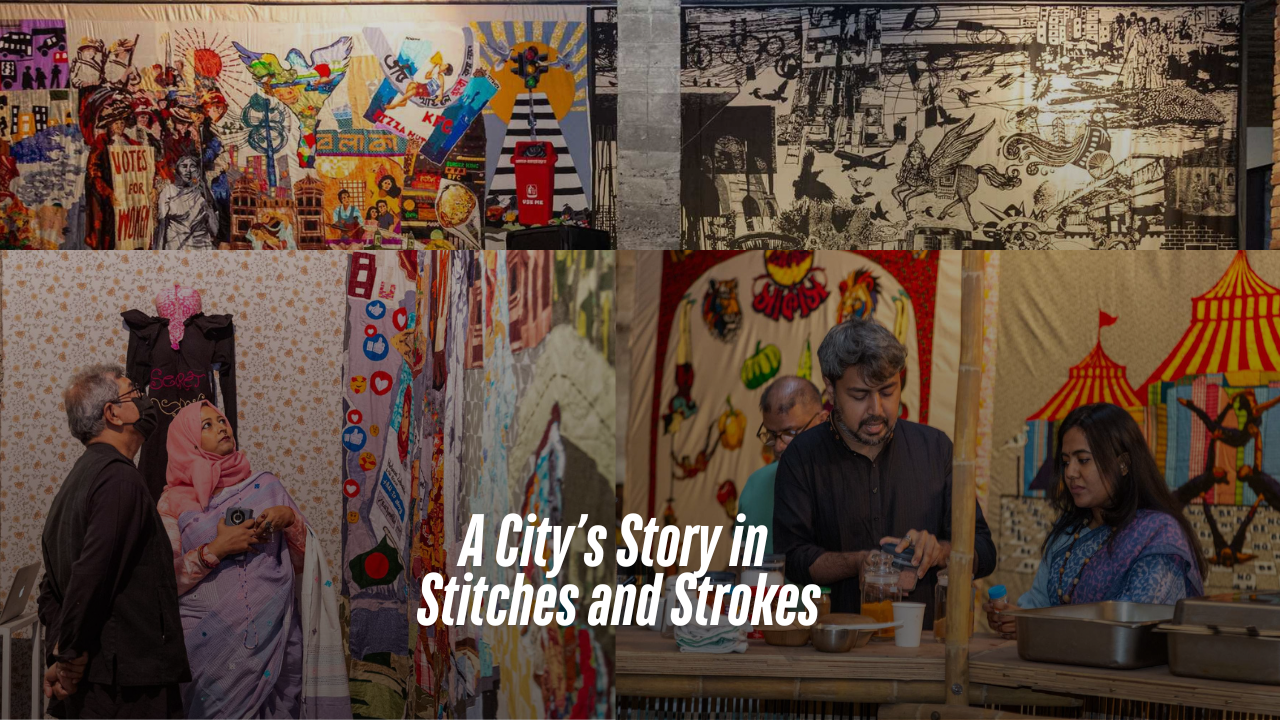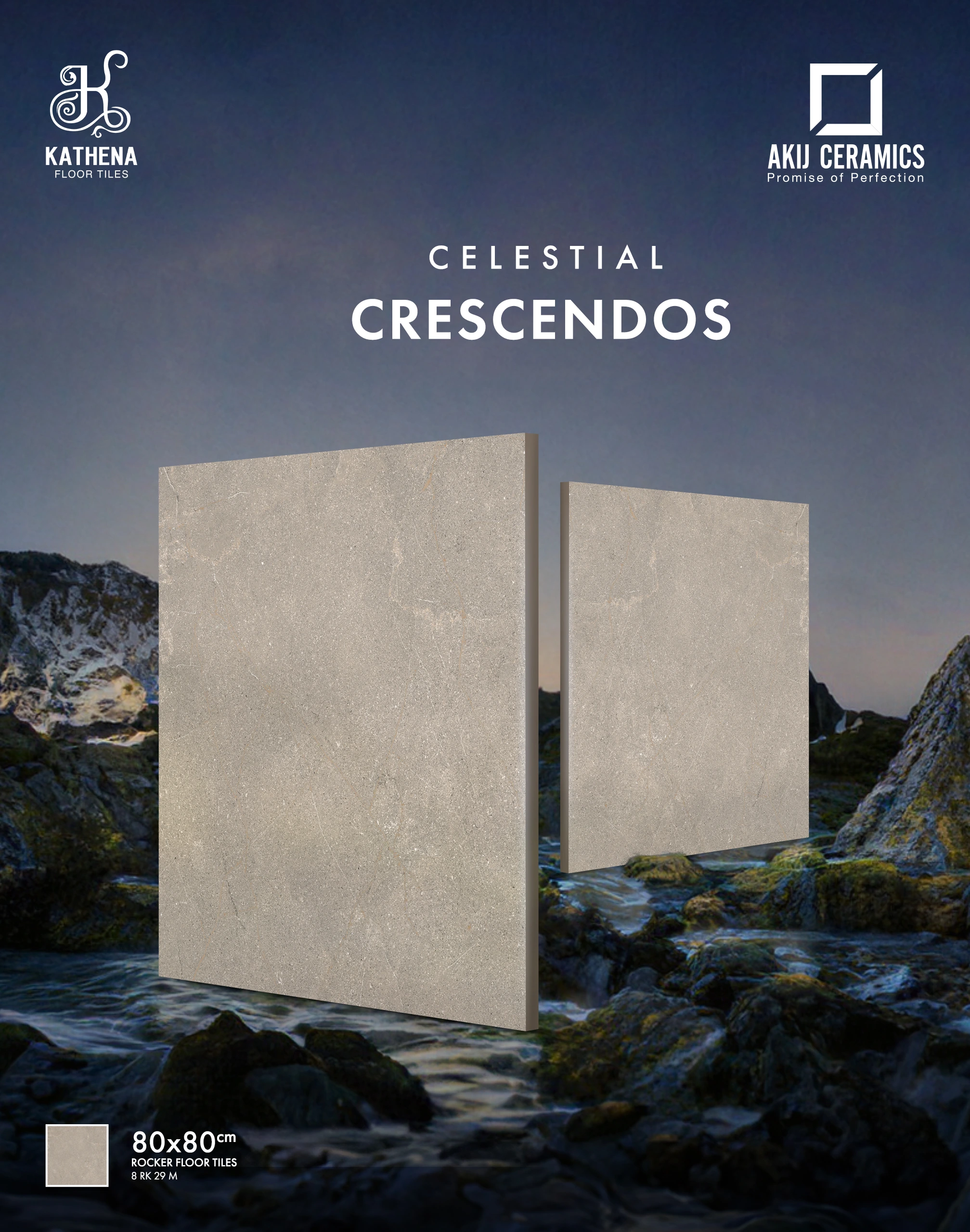Day: March 1, 2025

Reviving Our Roots A Journey of Abu Sayeed M. Ahmed From Legacy To Leadership
While many architects push the boundaries of innovation, there have been some who charted a different course. Instead of focusing solely on creating the new, Architect Dr. Abu Sayeed M. Ahmed turned his gaze to the past—reviving forgotten monuments and ancient buildings. A pioneer in conservation architecture, he has dedicated his life to protecting and restoring the architectural jewels of Bangladesh. For Dr. Sayeed, preserving heritage is not just about safeguarding structures; it’s about understanding who we are and how the past shapes our identity today. From restoring historic mosques and colonial buildings to leading the Institute of Architects Bangladesh as president thrice in a row and serving as the elected president of ARCASIA on an international level, his contributions have earned him both national and global recognition. As an educator and author, his efforts in heritage protection continue to inspire future generations of architects. Dr. Sayeed’s legacy as a guardian of Bangladesh’s architectural treasures makes him an enduring force in both the past and future of the nation’s architectural identity. A pioneer in conservation architecture, he has dedicated his life to protecting and restoring the architectural jewels of Bangladesh. For Dr. Sayeed, preserving heritage is not just about safeguarding structures; it’s about understanding who we are and how the past shapes our identity today. From the Water’s Edge: A Childhood in Comilla Long before the architectural world knew his name, there was a young boy in Comilla, Bangladesh, who spent his days by the waterside, watching the reflections of ancient trees shimmer in the lights and ponds. In this quaint town, the city’s water bodies—like Dharmasagar and Rani’s Dighi—were more than mere landmarks; they were playgrounds, gathering spots, and the backdrop to countless moments of childhood joy. Football games often ended with a refreshing dip in the cool waters, and laughter echoed across the banks, blending with the gentle sounds of nature. That little boy, Abu Sayeed M. Ahmed, found joy in simple things like drawing intricate sketches, building models, and creating Eid cards. His love for the technical precision of his creations grew in the quiet corners of his home and school, unknowingly laying the foundation of his future as an architect. Abu Sayeed’s fascination with design was nurtured by his father, Abdur Rashid, a principled educator, and his mother, Helena Begum, whose warmth and love kept the heart of their home alive. The roots of his curiosity about history and architecture grew deep in the soil of Comilla, where he first learned to see beauty in the details around him. Even as a student at Comilla Zilla School and later Comilla Victoria College, Sayeed stood out. His involvement in Scouting allowed him to explore Bangladesh’s landscapes, meet people from different walks of life, and develop a strong sense of leadership. By the time he graduated in 1976, these experiences had shaped his collaborative spirit and a love for discovery—qualities that would define his career for years to come. His bond with his architecture batchmates was legendary. Known as the “batch of talents,” they shared a camaraderie that extended beyond classrooms. From organizing grand tours across India and Bangladesh to planning picnics, Sayeed often emerged as the natural leader. His ability to bring people together flourished during these years, and the friendships he built remain strong to this day. In 1983, he graduated with a Bachelor of Architecture, ready to leave his mark on the world. Stepping Into a New World: The BUET Years In 1976, Abu Sayeed entered BUET’s Department of Architecture, a choice that marked the beginning of a transformative chapter. Life at BUET was unlike anything he had known. Sharing dormitories with students from other disciplines introduced him to diverse perspectives. While his engineering peers were deep in equations, Sayeed and his classmates were sketching, brainstorming, and working late into the night on design projects. The Architect Emerges: Early Projects at ECBL Sayeed’s first professional step was joining the consultancy firm ECBL, where he worked for four years. It was a period of intense learning and growth. He became involved in landmark projects such as the Bangabandhu Hall of Dhaka University, Nagar Bhaban, the Air Force Academy in Jessore, and the Dhaka Cantonment’s central mosque and library. These projects gave him firsthand experience in balancing design with functionality. His natural f lair for leadership and meticulous approach to detail made him an asset to the firm. However, Sayeed knew his journey was far from over—he dreamed of exploring new horizons. A New Chapter in Germany: Rediscovering Bangladesh In pursuit of higher education, Abu Sayeed M. Ahmed embarked on a bold journey to Germany to pursue his master’s degree in architecture. Before leaving, he received two meaningful gifts—one from Lailun Nahar Ikram, the Managing Director of ECBL, who gifted him $1,000, and another from Prof. Abu Haider Imam Uddin, a colleague at ECBL, who presented him with the book Islamic Heritage of Bangladesh by Dr. Enamul Haque. Little did he know, this book would become a faithful companion in his new chapter abroad. The transition was anything but easy. Sayeed had to learn German from scratch, adapt to a foreign culture, and navigate a competitive academic environment. He lived in a hostel with students from all over the world, and conversations inevitably turned to his homeland. “What makes your country special?” his peers would ask. At first, Sayeed found himself at a loss for words, unsure of how to convey the richness of Bangladesh’s heritage. But then, the book he had been gifted came to his mind. The book Islamic Heritage of Bangladesh became his bridge to the world. He started to share Bangladesh’s architectural treasures—the Sixty Dome Mosque, the Small Sona Mosque, then the Paharpur Monastery, Mahasthangarh, and so on. His peers were astounded. “Bangladesh has a heritage this rich?” they asked, their eyes wide with surprise. They had never imagined that such ancient, awe-inspiring architecture existed in a country they often perceived as impoverished. These moments sparked something profound in Sayeed. He realized
Read More
FROM UP ON MAJESTIC HILLS FROM UP ON MAJESTIC HILLS THE PICTURESQUE BEAUTY OF RESORTS
Discovering A Gem Like Sairu, Amidst The Serena Hills Of Bandarban, Will Feel Like Uncovering A Hidden Treasure. The Experience Will Be Nothing Short Of Magical, Blending Natural Beauty With A Sense Of Tranquility That Only The Mountains Can Provide. Sairu is a contemporary eco-resort that blends modern luxury with natural harmony. Designed with sustainability in mind, it incorporates local materials like stone and bamboo to create a rustic yet refined aesthetic that seamlessly integrates with the surrounding environment. If given a choice between the beach and the mountains, I wouldn’t hesitate to pick the mountains. Exploring mountainous terrain has always been a source of joy for me, and discovering a gem like Sairu, amidst the serene hills of Bandarban, felt like uncovering a hidden treasure. The experience was nothing short of magical, blending natural beauty with a sense of tranquillity that only the mountains can provide. The resort is around a 40-minute drive from Bandarban town. Upon entering the compound of Sairu, the f irst thing that will grab your attention is how everything looks in place and blends effortlessly with the surrounding topography. There is not a single element or structure you will find there that is off-putting. To the entrance left of lies the the reception and dining area, nestled beside a tranquil water body. From the hanging balcony of the eating zone, the panoramic view of the towering hills and the Shanghu River is breathtaking, offering a visual feast that captures the essence of Bandarban’s serene charm. To the right of the entrance, cottages are arranged in terraced layers along the hillside, accessible only via steps. For those less accustomed to physical activity, the steep climb might feel challenging, especially with frequent trips. However, the effort is well rewarded with changing, picturesque views at every turn. Mini golf carts are available for transporting luggage and assisting individuals with disabilities. At the hill’s summit lies the infinity pool and jacuzzi, offering unparalleled vistas. Rest stops throughout the resort invite you to pause and enjoy the stunning beauty of Bandarban. Long ago in Bandarban, a Mro princess named Sairu fell in love with a prince from a rival hill tribe, defying tribal rules. Their secret meetings ended tragically when the prince was forced into an arranged marriage. Heartbroken, Sairu disappeared into the hills. The resort is named after this story, with “Sairu Point” marked by entwined trees on a hill, symbolizing their love. The Sairu Hill Resort draws its name and logo from this legend, preserving its memory for visitors to honor. Sairu is a contemporary eco-resort that blends modern luxury with natural harmony. Designed with sustainability in mind, it incorporates local materials like stone and bamboo to create a rustic yet refined aesthetic that seam lessly integrates with the surrounding environment. The cottages at Sairu are thoughtfully priced, offering options tailored to your preferred view. Each cottage features a private balcony and a spacious washroom with a unique, nature-facing concrete bathtub—a rare luxury in the country. The rooms are generously sized and adorned with colorful jute rugs, bamboo curtains, and furniture crafted from tree logs. A standout piece is the giant coffee table, made from a single slice of a tree trunk. Modern amenities such as toiletries, skincare essentials, laundry services, and safes ensure a comfortable stay. The culinary excellence of the resort is also a notable mention if you are into local cuisine. Their downhill restaurant provides all kinds of meals and offers both à la carte menus with diverse cuisines and buffet options. Open to all visitors, not just guests, it welcoming provides space a for anyone looking to enjoy a meal amid the serene surroundings. There is also a badminton court in another part of the downhill. The resort’s design and execution were spearheaded by DOMUS, a renowned architectural consultancy in Bangladesh, with Principal Architect Mustafa Ameen envisioning a “less is more” approach. The master plan was crafted to respect the natural terrain, with structures elevated on steel stilts to preserve the contours and existing trees left untouched. Additional greenery enhanced the landscape, ensuring harmony with the surroundings. Maximizing panoramic views, the design integrates modern luxury with environmental sensitivity, with the only major alteration being the driveway carved into the hill. Water was sourced from a spring 1,200 feet below, showcasing remarkable ingenuity. The mornings at Sairu are invigorating, with a gentle breeze whispering through the trees, while nighttime transforms into a magical spectacle, as the starlit sky casts an enchanting spell, leaving visitors in awe. Once you are inside Sairu, you will not feel the need to go elsewhere, as the tasteful setup with modern amenities will you amazed. But, yet, if you have plans to keep explore the surroundings, Sairu will arrange that for you. You can rent a jeep or CNG from them and explore the nearby tourist attractions like Nilgiri Mountain. Written By Kaniz Supriya
Read More








